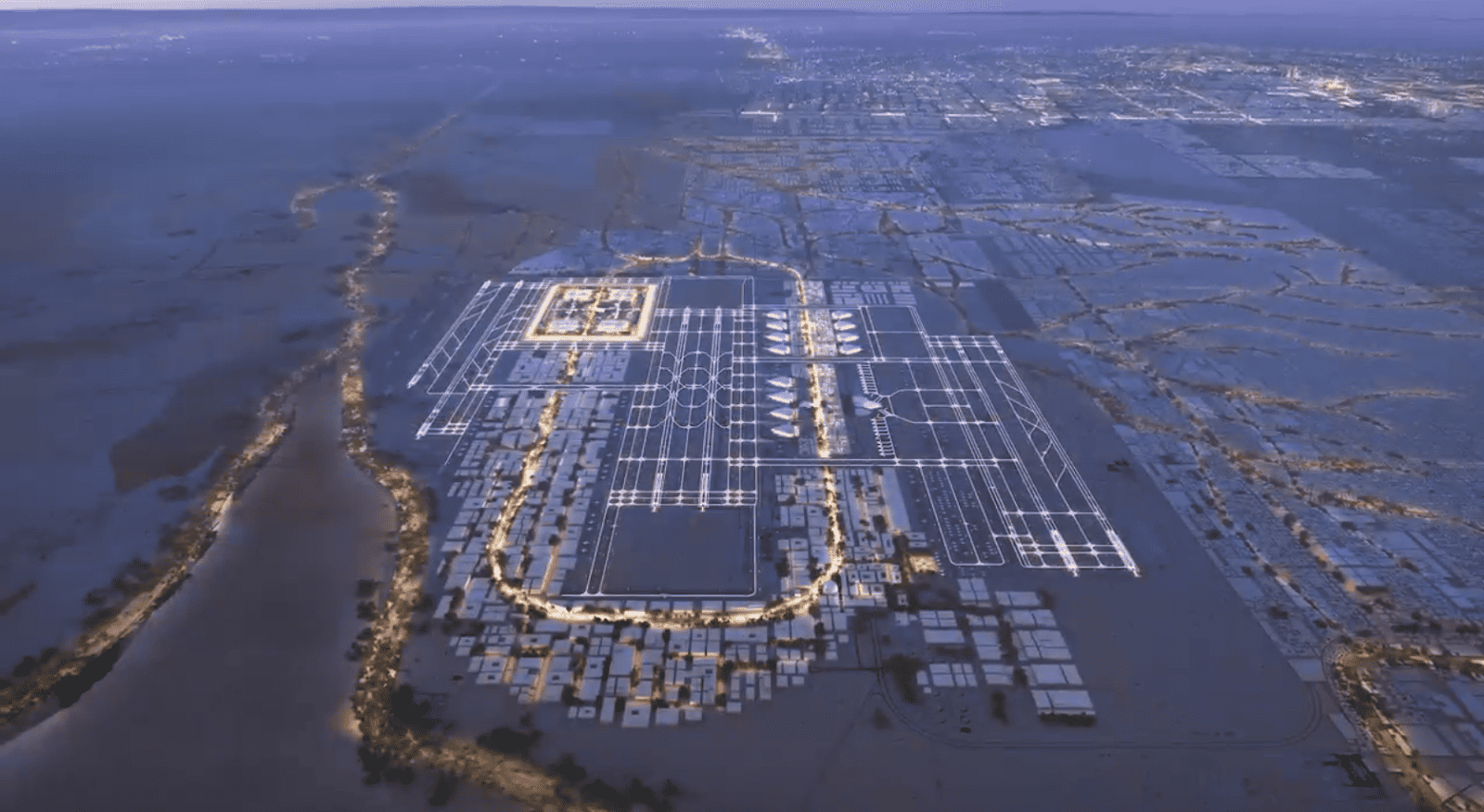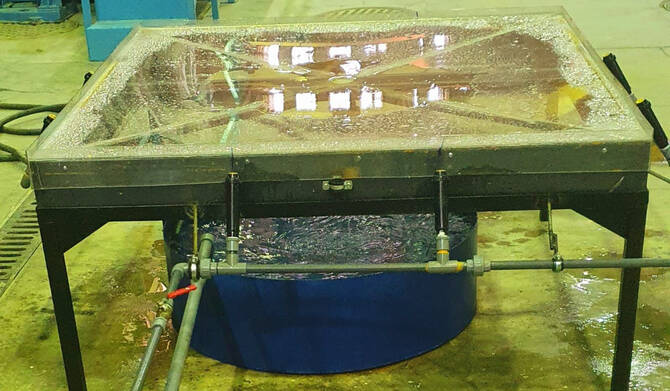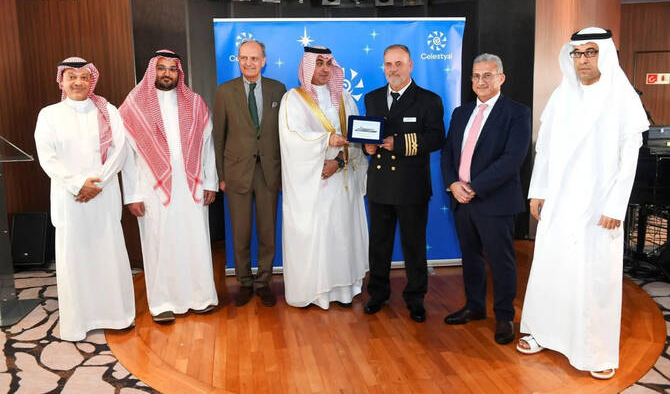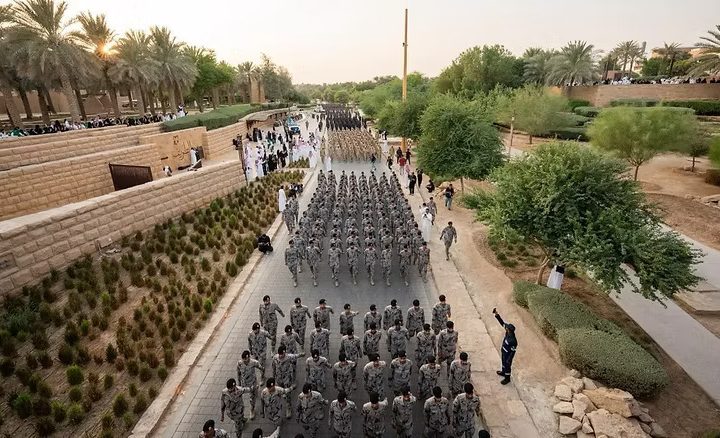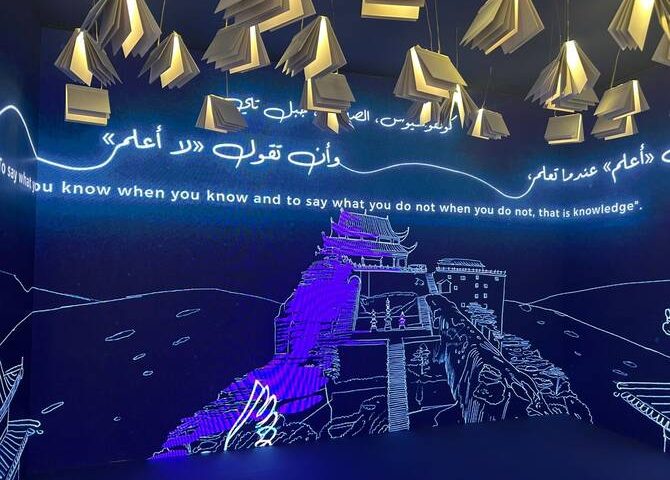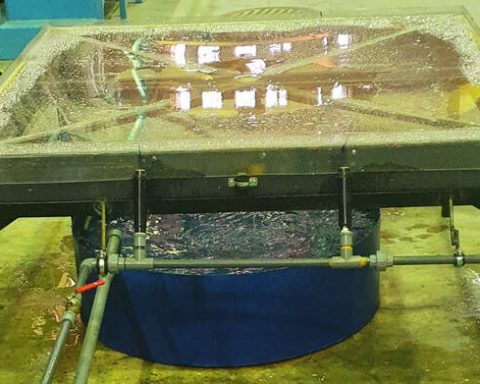Saudi Arabia is bringing its futuristic vision to life through the King Salman International Airport in Riyadh — an ambitious mega-project that stands as one of the cornerstones of Vision 2030.
Spanning approximately 57 square kilometers, the airport is designed to function as a city within a city, integrating state-of-the-art technology, sustainability, and luxury into a single destination. The project includes six parallel runways capable of handling the world’s largest aircraft and aims to accommodate 120 million passengers by 2030 and 185 million by 2050.
Beyond its scale, the project positions Riyadh as a global hub for logistics, business, and tourism, reflecting the Kingdom’s goal to diversify its economy and enhance international connectivity. The airport will feature residential districts, commercial zones, and entertainment venues — all woven together with a modern urban design philosophy.
Design studios and technology firms are also introducing AI, augmented reality (AR), and digital twin technologies to create an intelligent, personalized travel experience — offering passengers seamless navigation, virtual assistance, and real-time interactivity.
With an estimated investment of $30 billion, King Salman International Airport is set to become one of the most advanced aviation infrastructures in the world, symbolizing Saudi Arabia’s commitment to innovation, sustainability, and its growing role as a gateway to the global future.


